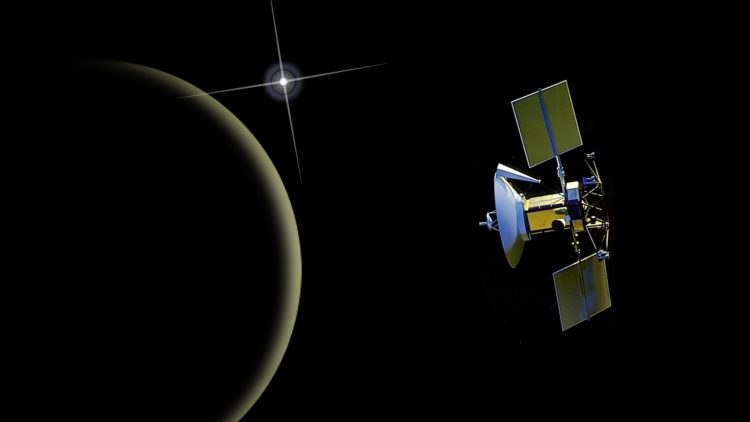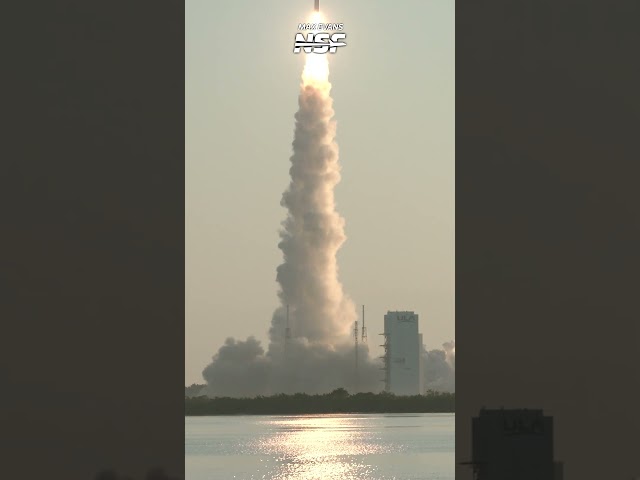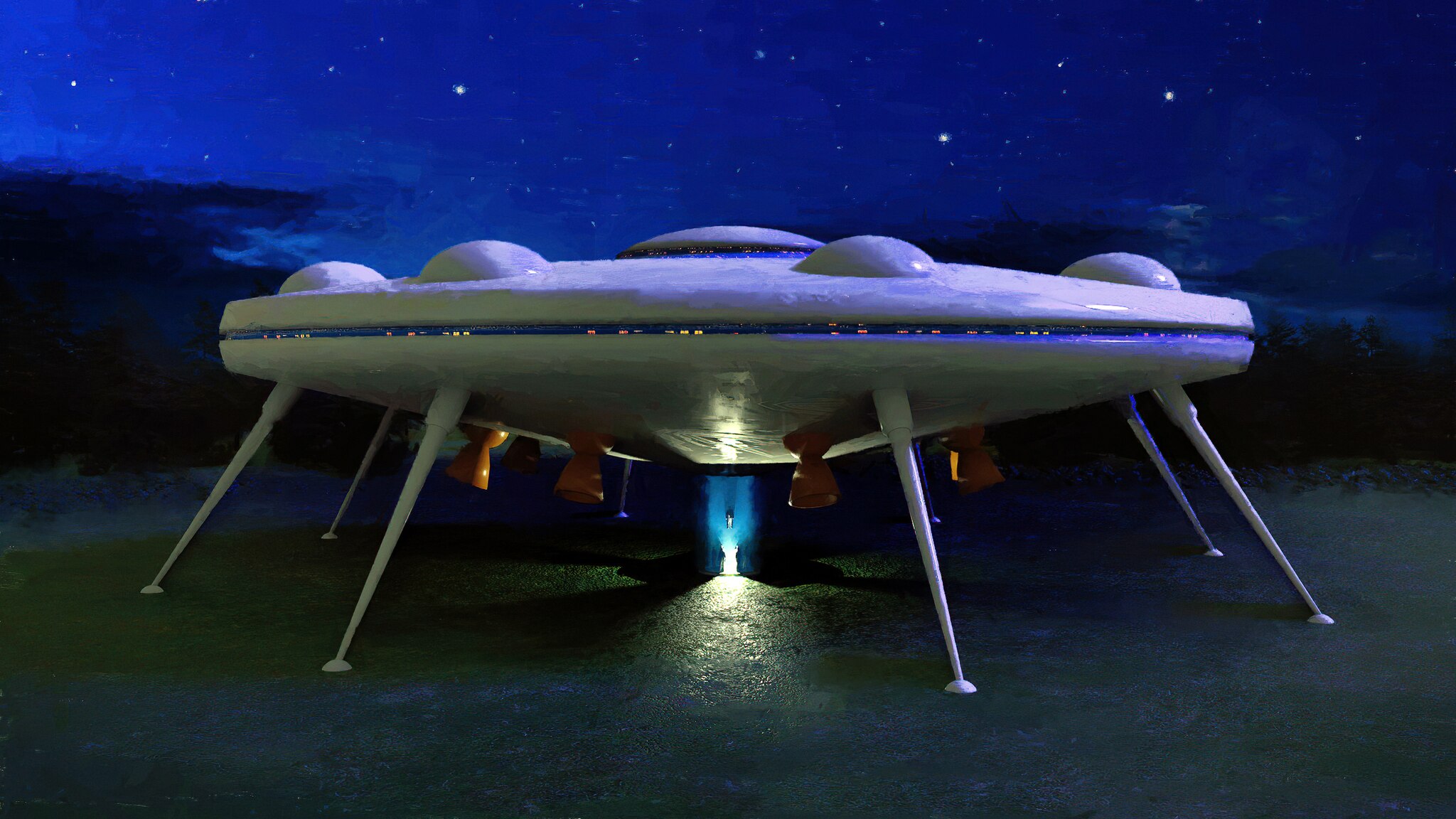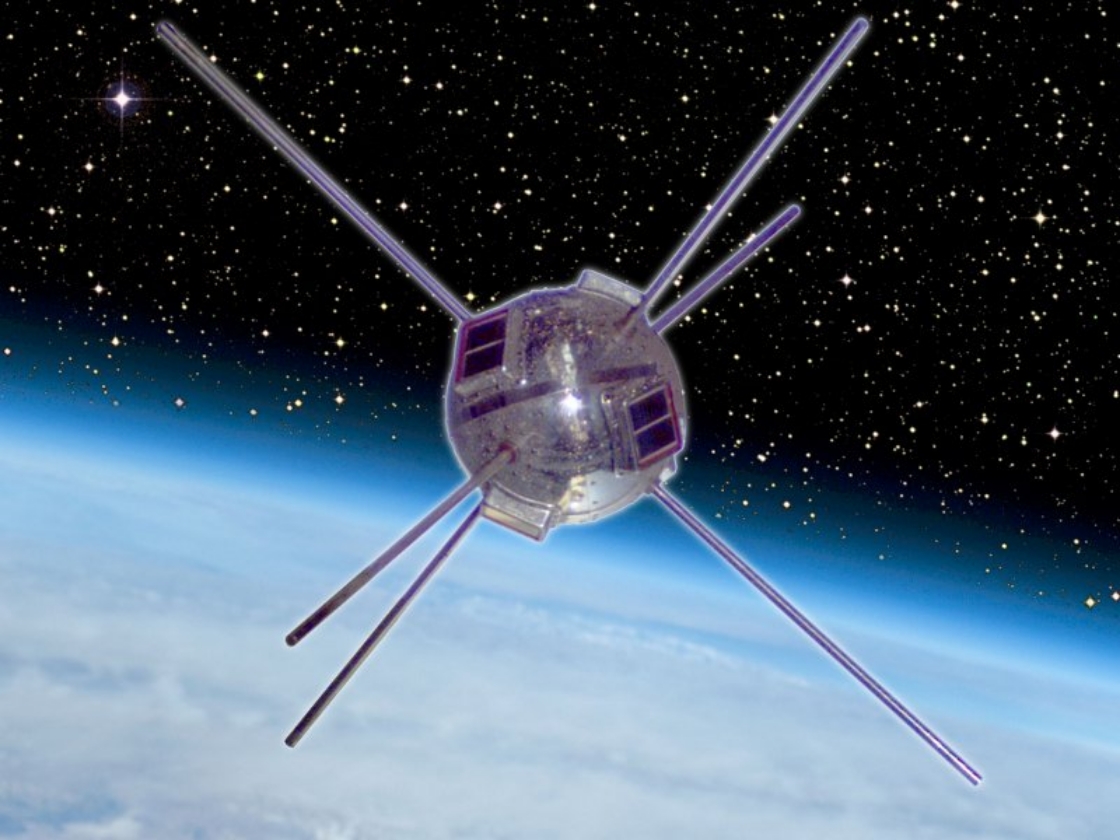Introduction
Venus, the second planet from the Sun, has always been a subject of fascination for astronomers and space enthusiasts. With its thick clouds of sulfuric acid and extreme temperatures, Venus is often referred to as Earth’s evil twin. Despite its harsh conditions, scientists have been intrigued by the planet’s geological features and have undertaken various missions to explore its mysteries.
The Magellan Mission
One of the most successful missions to study Venus was the Magellan mission, launched by NASA in May 1989. The primary objective of the mission was to map the surface of Venus using radar imaging techniques. Magellan was equipped with a Synthetic Aperture Radar (SAR) that allowed it to penetrate Venus’ dense atmosphere and capture detailed images of the planet’s surface.
Unveiling the Landscape
Over the course of its mission, Magellan managed to map almost the entire surface of Venus. It revealed a landscape characterized by vast plains, highland plateaus, and widespread volcanic activity. The radar images obtained by Magellan showed a stunning array of features such as impact craters, volcanoes, mountains, and even river-like channels.
Understanding Venus’ Climate
One of the significant discoveries made by Magellan was the presence of volcanic activity on Venus. The mission revealed that Venus has more volcanoes than any other planet in our solar system. These volcanoes are responsible for the planet’s dense atmosphere dominated by carbon dioxide, resulting in a runaway greenhouse effect. The intense heat and pressure on Venus created a hostile environment, with surface temperatures averaging around 900 degrees Fahrenheit.
Impact Craters and Tectonic Activity
Magellan’s observations also provided valuable insight into the geological processes shaping Venus. The mission discovered more than a thousand impact craters, which indicated that Venus experienced a heavy bombardment of meteorites in its early history. Furthermore, Magellan revealed a stunning network of tectonic features, including rift zones, fault lines, and large tectonic belts.
Surface Composition
By analyzing the radar data collected by Magellan, scientists were able to gain insights into the composition of Venus’ surface. The mission confirmed the presence of basaltic lava flows, similar to those found on Earth, indicating past volcanic activity. The data also showed evidence of different types of terrain, including flat plains, rolling hills, and rugged mountains.
Legacy of the Mission
The Magellan mission significantly contributed to our understanding of Venus and its geological history. The radar images captured by Magellan provided a high-resolution map of the planet’s surface, enabling scientists to study the various geological processes that have shaped Venus over time. The mission also paved the way for future Venus exploration missions, inspiring scientists to continue unraveling the mysteries of Earth’s enigmatic neighbor.









